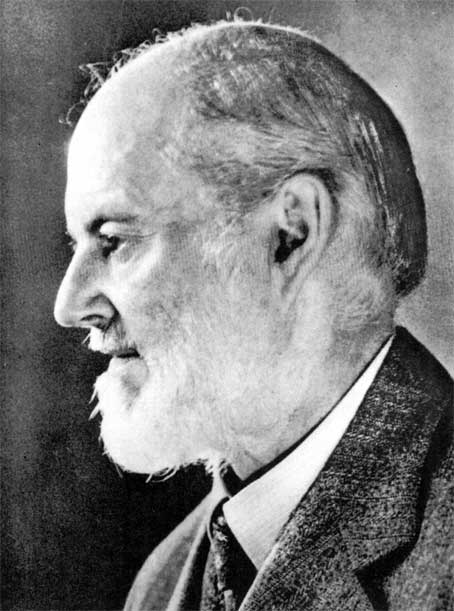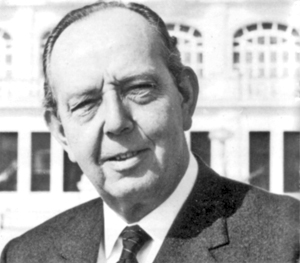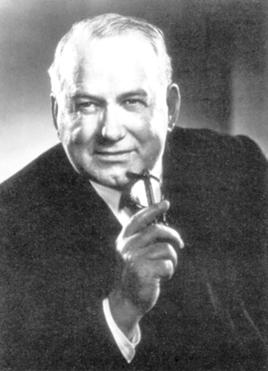Technical
Please find below articles concerning the technical history of the Spitfire.
Rolls-Royce Merlin Engine

By JAW at English Wikipedia - Own work, CC BY-SA 3.0, Link

Public Domain, Link
It was soon discovered that simple changes to the ejector exhausts from simply blowing out to the side to being directed back would increase speed. The exhausts evolved from round outlets to fishtail in appearance which also had the bonus of reducing exhaust glare during night flying. These changes resulted in harnessing the exhaust gases provided an additional 10mph or 70 horsepower. The exhausts alongside forward facing intake ducts were used to heat the guns in the wing which were prone to stoppages at altitude as a result of the colder temperature, and superior to the earlier heating from the engine coolant radiator. During the Battle of Britain it was discovered that the Merlin engine would cut out when pursing Me109s in a high speed bunt dive due to fuel starvation in the float controlled carburettor. Initial solutions involved inverting the aircraft into the dive and also the fitting a restrictor in the fuel supply line and a diaphragm known as Miss Shilling’s orifice, named after the female inventor (Beatrice Shilling) based at Farnborough at the Royal Aircraft Establishment. More permanent solutions involved moving the fuel outlet from the bottom of the carburettor to half way up and the use of fuel injection using a Stromberg pressure carburettor and finally an SU injection carburettor.
The main improvements to the Merlin engine revolved around the supercharger and the significant input of Stanley Hooker. Hooker realized that the early supercharger and air intake was inefficient due to the restrictions placed on its location at the rear of the engine. His designs improved the intake duct, impeller and diffuser alongside the Farman two speed drive increased the performance altitude from 16,000ft to 19,000ft. The Merlin XX incorporated a number of revisions based on early operational experience and the availability of 100 octane fuel from America. The higher octane rating allowed higher manifold pressures by increasing boost from the centrifugal supercharger. Increased speed at higher altitudes was achieved by way of the two speed superchargers designed by Rolls-Royce. Introduced with the Merlin X, the use of 70-30% water glycol coolant mix, improved engine reliability and removed the fire hazard and reduced oil leaks compared with earlier marks.
The Air Ministry in the early part of the War required an engine capable of high performance at 40,000ft, initially for bomber aircraft but would also become extremely important to countering the Focke Wulf 190 with the Spitfire Mk IX. The Merlin was modified incorporating a modified Vulture supercharger for the first stage and a Merlin 46 for the second stage, a liquid cooled intercooler inserted on top of the supercharger casing to prevent over heating. These changes resulted in the Merlin 60 series and meant that the Spitfire Mk IX was 70mph faster at 30,000ft compared with the Spitfire Mk V. Further versions such as the Merlin 66 provided increased power at lower altitudes and the 70 series for even higher altitudes. The introduction of 100/150 grade fuel (150 octane) with 2.5% mono methyl also helped to boost engine performance which aided the interception of V-1 flying bombs by Spitfires. Rolls-Royce also continued the development of the single stage supercharger with a smaller impeller and known as the Merlin 45M and 55M for performance at low altitudes.
Producing the Merlin engine in sufficient numbers to power all the applications that wanted to use it would be vitally important given that over forty aircraft used it as a power plant. Ernest Hives as the General Works Manager at Rolls-Royce played a hugely significant role in ensuring that by the end of the War, 168,000 engines had been built. Derby as the spiritual home of Rolls-Royce produced 32,377 Merlin engines and undertook flight testing at RAF Hucknall. Crewe Shadow Factory produced 26,065, Glasgow Shadow Factory, 23,675 and Ford Motor Company at Manchester, 30,428. Packard Motor Car Company in America produced 55,523 Merlin engines from 1941 under a $130,000,000 order from Rolls-Royce.
The Merlin engine achieved mythical status during the Second World War when combined with key aircraft such as the Hurricane, Spitfire, Mosquito, Lancaster and the Mustang. It would also be used as the basis for the more powerful Griffon engine that will be the subject of a follow up article.















